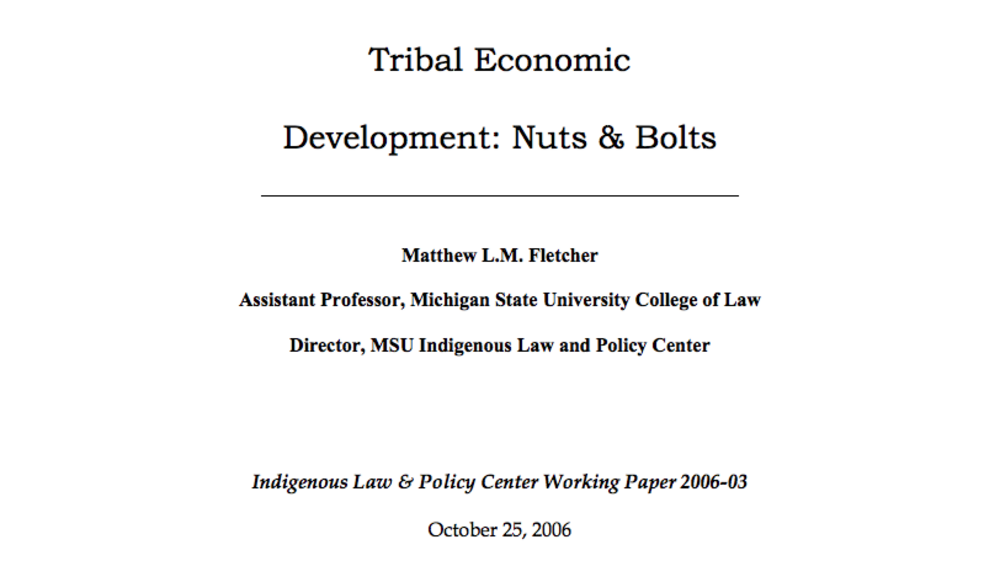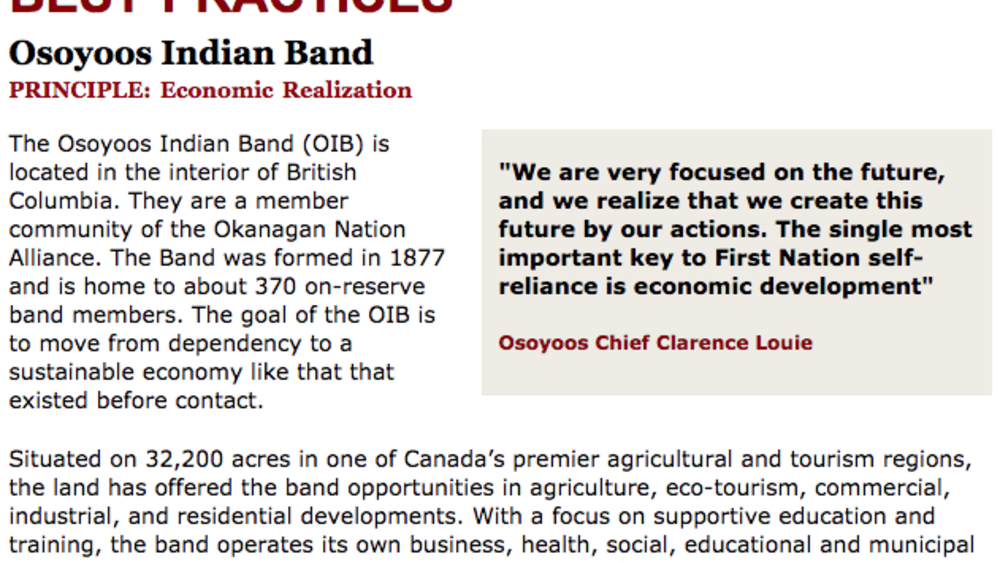American Indians are disproportionately represented among the low-income residents of the state of Arizona. Across the United States, including in Arizona, reservation economies are growing at a fast pace but low starting points for growth mean that it will take years for American Indian indicators of well-being to approach the levels enjoyed by non-Indian residents of Arizona.
Once on the margins of Arizona's economy, Native nations are now significant contributors. Not only gaming, but mining, timber harvesting, tourism, and resort operations, among other Indian-owned business activities, generate jobs for Arizonans.
Increased Native self-determination created new economic opportunities for Indian nations. Strengthened Indigenous governance institutions created institutional environments that can sustain development. Together, these factors have spurred Native nation economic growth in the Southwest and across the U.S.
Additional Information
Cornell, Stephen, Miriam Jorgensen. "Native Nations and Arizona's Economy," Building Arizona's Future: Jobs, Innovation and Competitiveness. 96th Arizona Town Hall, The University of Arizona. Tucson, Arizona. April 25-28, 2010. Report.




